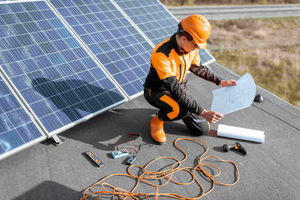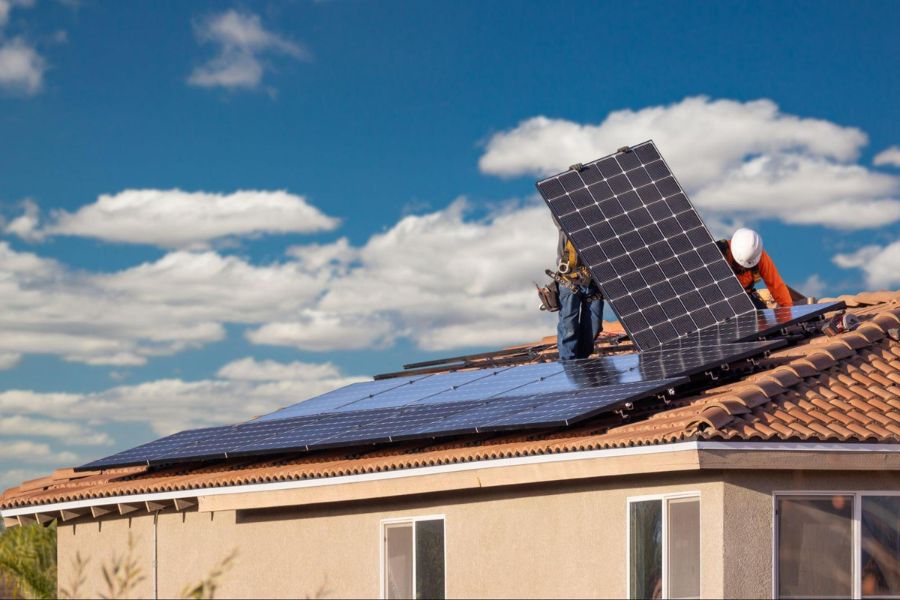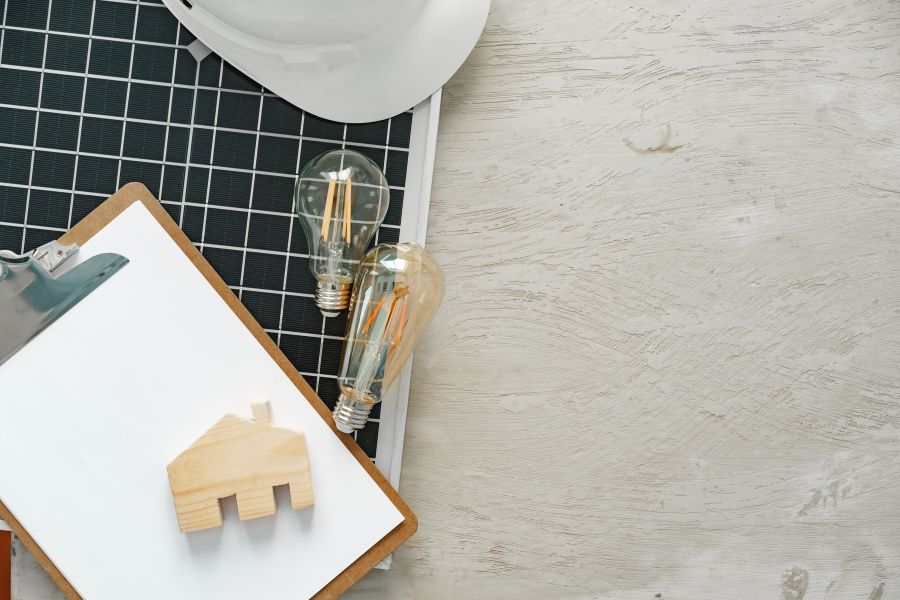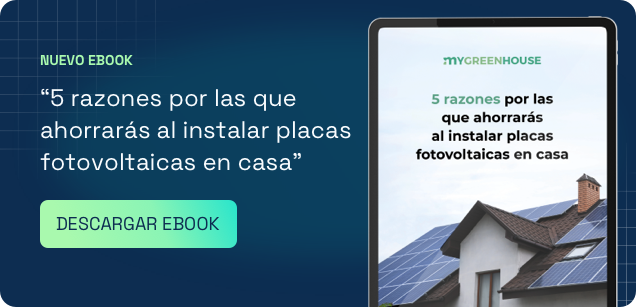Producing electricity in our own home or business has become a reality thanks to self-consumption solar installations, which we are coming across more and more frequently on the roofs of houses, buildings, and industrial warehouses.
The most conspicuous and obvious elements are the solar panels themselves, but photovoltaic installations have other components too.
Some are technically complex (the panels themselves, the inverters, and the monitoring systems), while others are much simpler, such as the wiring.
Nevertheless, they are all necessary in order for the installation to function correctly.
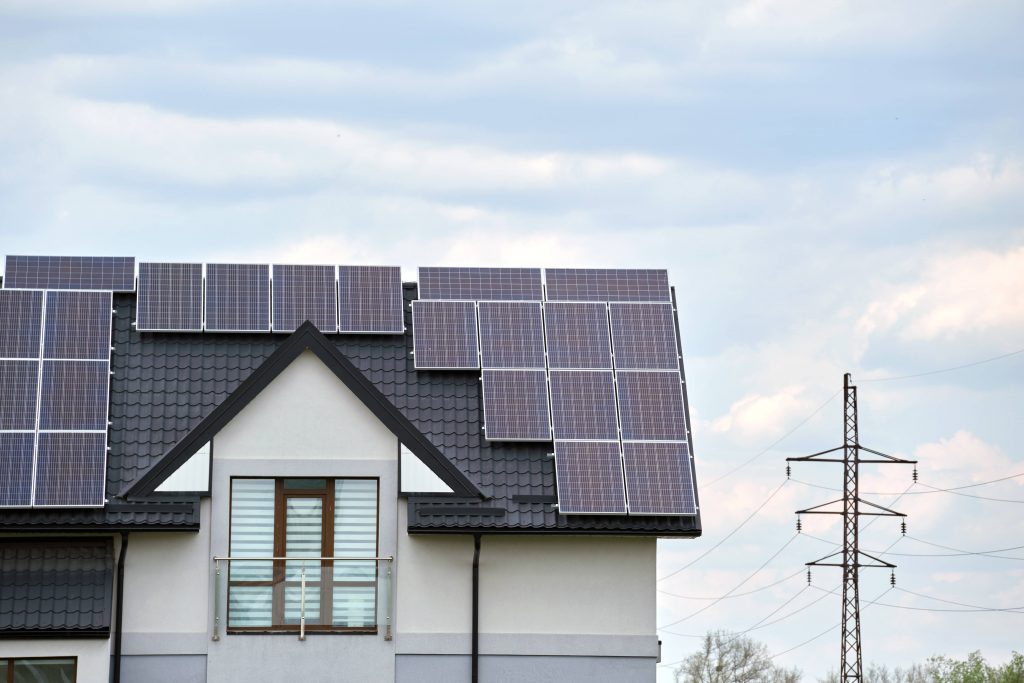
The components of a photovoltaic installation are:
Photovoltaic panels
These photovoltaic panels (or modules) are responsible for producing electrical energy thanks to the solar radiation they receive.
There are many types of solar panels on the market.
Several factors influence the choice of solar panels. The most important one is the output capacity (power), but their efficiency and long-term performance are also vital factors.
In fact, a low-power solar panel can deliver very good results if it has excellent efficiency and performance.
Solar inverters
Solar inverters are the photovoltaic components responsible for converting the direct current generated by the solar panels into alternating current, which is what the electrical equipment in any home or business uses.
Solar inverters also enable us to monitor the panel’s activity, so that we can find out information regarding its production, the consumption from the grid, or the general status of the photovoltaic installation.
Optimisers
Optimisers help each PV module or panel to reach its maximum performance – in other words, they improve the efficiency and output of the whole system.
Power optimisers are placed between the photovoltaic modules (panels) and the inverter.
When we have a set of solar panels connected in series and one of them has a lower yield, the rest of the modules reduce their power, and so the energy production of the whole installation suffers.
The optimisers are connected to each panel, ensuring that they reach maximum performance individually, and independently of the rest.
These components in a photovoltaic installation also enable you to monitor the panels better, helping you detect any potential faults.
Batteries
The batteries in a photovoltaic installation are used to store the excess energy generated by the system for later use.
Even though this component is not mandatory in all photovoltaic installations, it is essential in those that are totally independent and not connected to the grid.
Some photovoltaic installations that are connected to the grid also use batteries when they need to improve their efficiency or when their consumption is mainly at night.
Bi-directional meters
Bi-directional meters record the amount of energy entering the photovoltaic installation, as well as the amount leaving it.
In this way, we can find out how much energy we are producing and consuming, as well as the surplus stored in the batteries, or the energy that will be fed back into the grid.
Monitoring system
As we have already explained, inverters don’t only convert direct current into alternating current, but they also monitor the operation of the solar panels.
Monitoring systems are specific applications or websites where you register your inverters and where data is uploaded every few minutes. In this way, you can check the production and current status of your photovoltaic installation.
Other components
In addition to those already mentioned, photovoltaic installations have other protection and safety elements, such as fuses, circuit breakers, the differential, and varistors (to prevent excessive voltages).
Furthermore, this type of installation requires wiring and an electrical panel (which is located next to the inverter itself).
The choice of components will generally determine the price and performance of your photovoltaic installation. Our recommendation is that you always seek professional advice to help you choose the best components for your project. If you are interested in installing solar panels in your home or business, don’t hesitate to get in touch with us.
